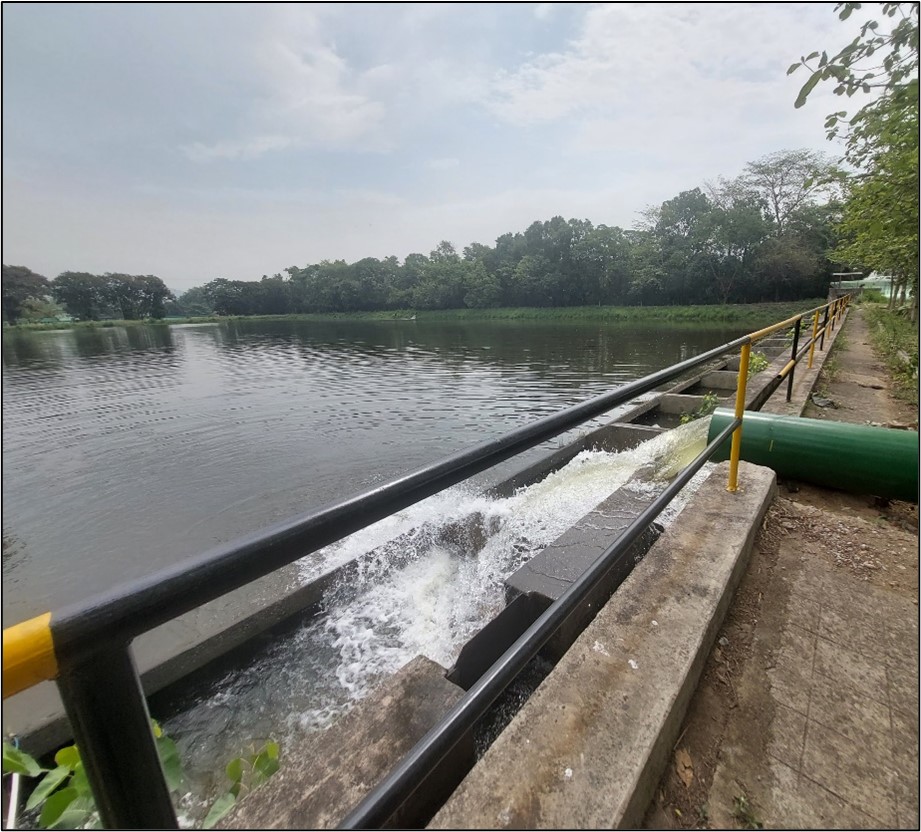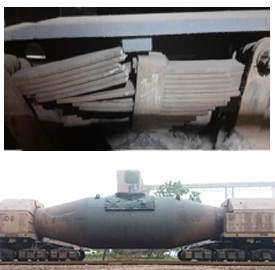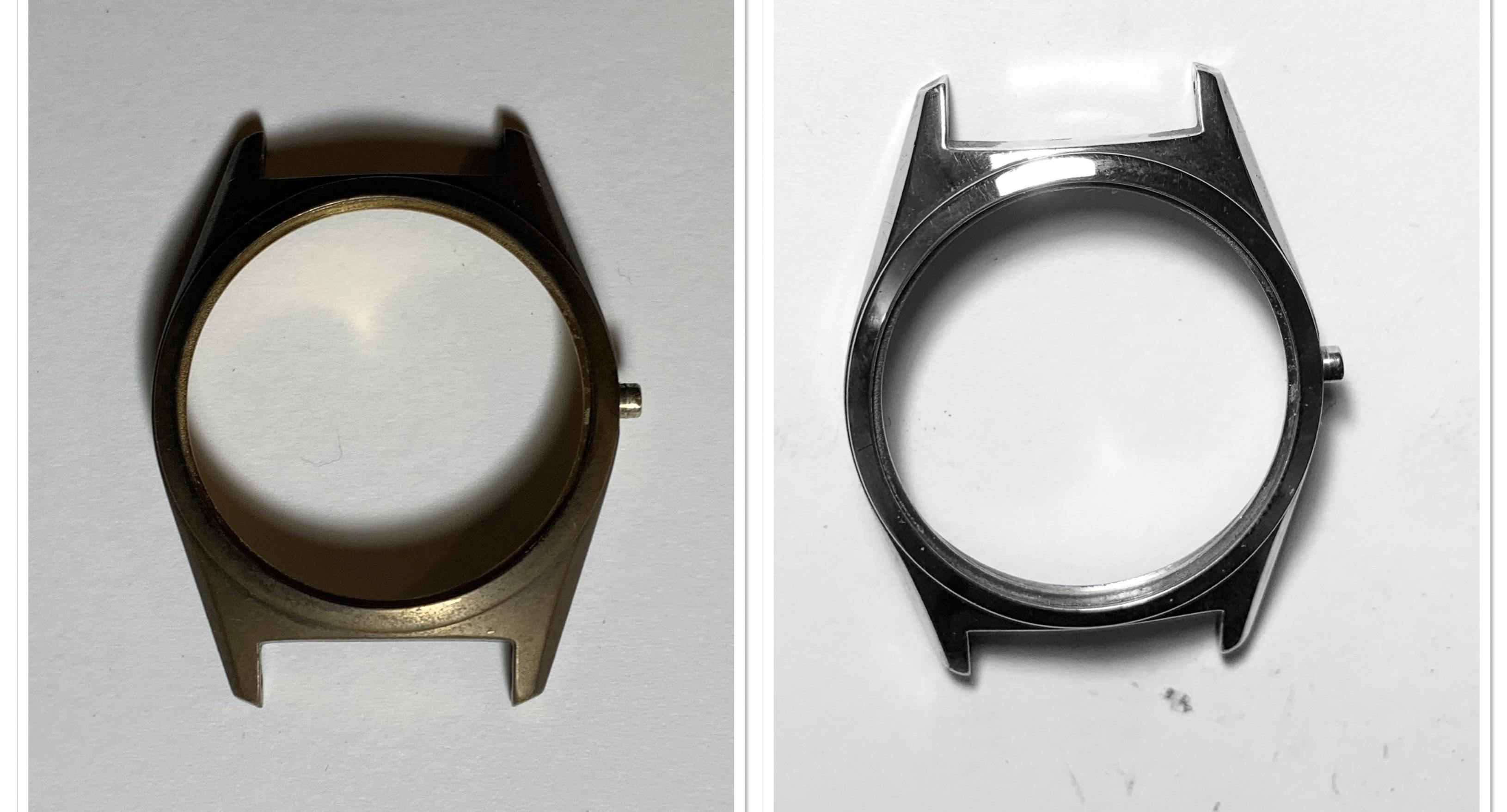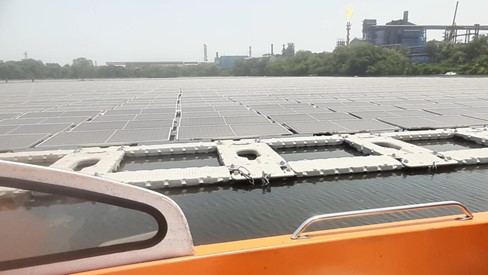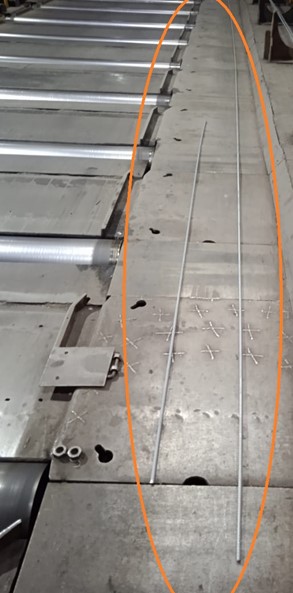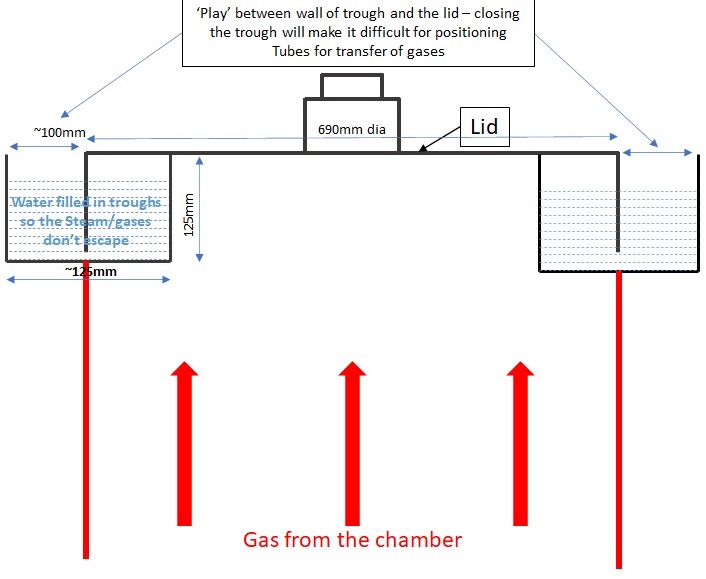Challenges
Automation of anode replacement process
Short Description:
We are looking for an automated process to replace tin anodes, thereby eliminating manual process and reducing safety hazards.
Challenge Details
The manufacturing of tinplate products involves two main processes: Cold Rolling Mills (CRM) and Electrolytic Tinning Lines (ETL). In the ETL unit, cold rolled sheets are passed through electrolytic baths where tin coating is applied through electrolysis. Anodes made of tin are used in the stannous sulphate solution bath (pH 1.5) for the electrolytic process. A fresh tin anode is around 50 kg in weight and 50x75 mm in cross section and 1.9 meters long. As the anode gets consumed, its cross section decreases, necessitating periodic replacement.
Anodes are placed at designated locations referred as ‘anode bridge’ in the electrolytic plating tank on the running line. Current is passed through the anodes to conduct the electrolytic tinning process and coat the steel sheet with tin layer. Anode conditions are checked regularly, and the anodes in the bridges are adjusted according to the width of the steel sheet running in the line. Fresh anodes are placed in anode bridges at the ‘neutral zone’ of the charging end, and used anodes are removed from the ‘neutral zone’ at the discharge end of the plating tanks. Since, anodes are inserted and removed on the running line, neutral zones (i.e. no electric current flowing through anodes) are essential for safe operation. The anodes must be properly guided inside the tank and placed in the neutral zone. Anodes in the bath are changed manually in online mode using an EOT crane. Two to four people are involved in changing the anode and must work in coordination. One person holds the anode properly until it is lifted, while the other guides the anode and holds the handle on the conductor roll for support. Precautions must be taken to avoid the rotating parts.
The current process has manual intervention, posing safety hazards. Replacing the anodes requires skill on the part of the manpower to perform the replacement effectively as the bottom of the anode bridge is not visible to the operator. Previously, an attempt was made to resolve the issue with a robotic arm solution, however, it was not taken forward due to the limited space available for attaching robotic arm. To improve the process, we are looking for a hand-free and hazard-free solution that can automate the process. We want the anode changing process to be precise and short in duration.
Our objective is to find an efficient solution that can automate the process, eliminating the need for manual intervention and reducing the risk of safety hazards. The ideal solution should be space-efficient, ensure precise anode changing, and require minimal supervision.



